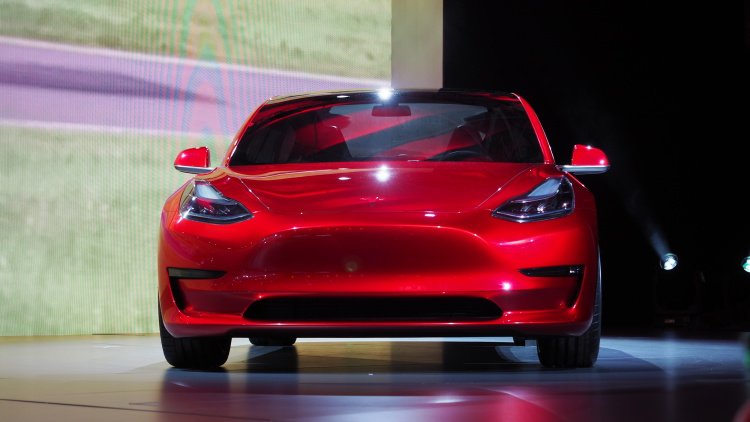One in six new vehicles will need to be electric to meet global standards in 2020

Heck, that's California's Silicon Valley in a nutshell, and that's only if you count Teslas. But the rest of the world will have to catch up in order to meet greenhouse-gas emissions standards set by the world's largest governments.
That's what Green Car Reports synopsized out of a World Energy Council (WEC) study, which said 16 percent of new vehicles sold in 2020 would have to be battery-electric to comply with US, European Union, and China greenhouse-gas emissions mandates. Specifically, 10 percent of Europe's new cars would need to be electric by the end of the decade, while 11 percent of US new vehicles would be required to be electric. As for China, a whopping 22 percent of new-vehicle sales would have to be electric in order for the country to meet progressively stricter transportation-emissions limits.
The good news is that such an increase in electric-vehicle adoption would raise global electricity demand by just a half percent. The bad news is that US, Europe, and China would all have to build additional power-generating capacity in order to meet that 16-percent figure for electric-vehicle sales. Of course, power generation often involves using resources that spew emissions, but we'd prefer not to end up in a wormhole here.
To put that percentage into context, Navigant Research last year said Americans will buy 7.4 million plug-in light-duty vehicles between 2015 and 2024, or an average of 740,000 a year. Last year, Americans bought about 17.5 million vehicles, indicating that even Navigant's optimistic forecast would still leave the US well short of that 11 percent of new-vehicle sales even while including plug-in hybrids.
Related News


